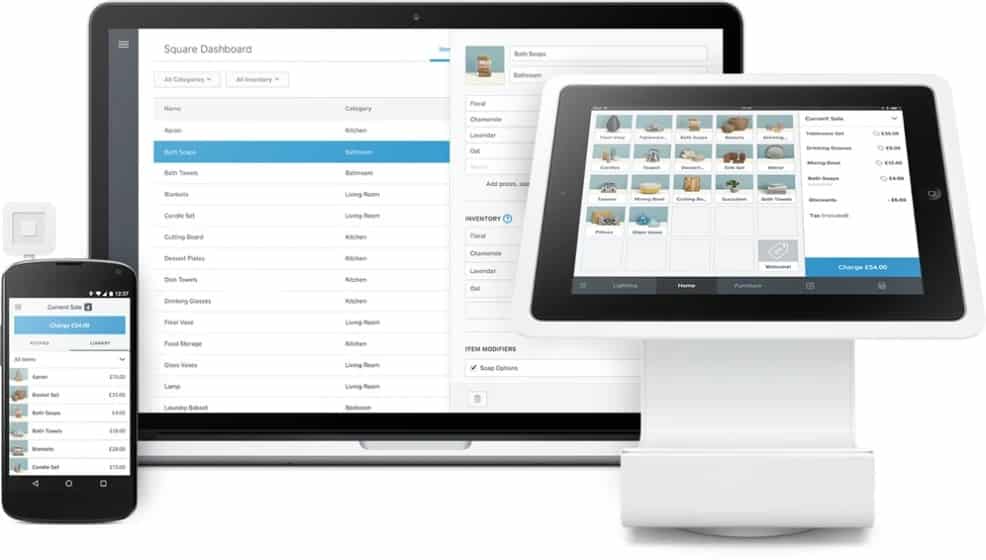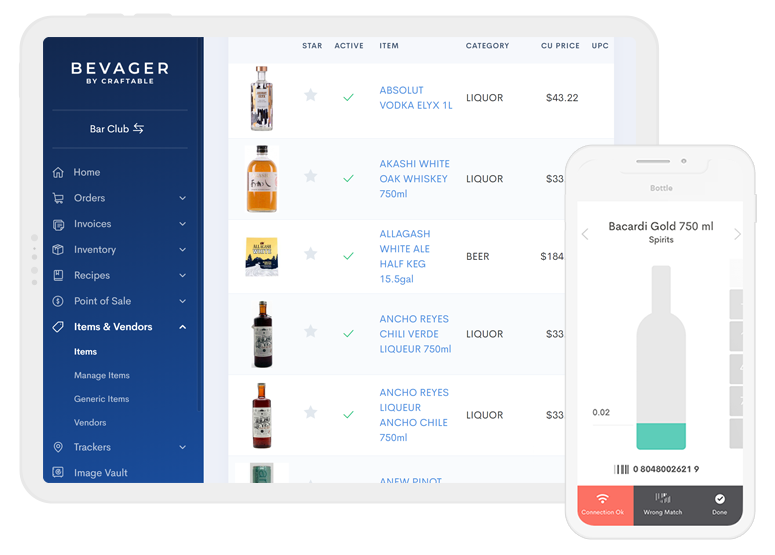

- #KEEPING INVENTORY FOR SMALL BUSINESS TABLET REGISTRATION#
- #KEEPING INVENTORY FOR SMALL BUSINESS TABLET SOFTWARE#
#KEEPING INVENTORY FOR SMALL BUSINESS TABLET SOFTWARE#
In this section, we've classified small retail businesses into three categories, each having different characteristics and unique POS software needs:

POS software also generates invoices and sends email receipts to customers once a transaction is complete. Integrate with card readers and other payment devices to support multiple modes such as cash, credit cards and debit cards. Generate real-time reports on sales, employee performance and inventory levels. This functionality also allows managers to track employee clock-in/out times, leave and shift-swap requests. Schedule available staff and log their attendance and work hours. Marketers and business owners can use this information to create upselling and cross-selling campaigns.
#KEEPING INVENTORY FOR SMALL BUSINESS TABLET REGISTRATION#
Manage the customer registration process and add customer data to the database at the point of purchase. Transactions are synced in real time as soon as an in-store or online sale is made. Receive real-time reports on inventory levels. Define stock keeping unit (SKU) codes and receive automatic prompts to reorder when inventory levels go below the set minimum.

Track and manage customer orders across all your business locations. In this section, we're describing the most common POS software features to look for.
Online POS: This software is delivered via the cloud and can be accessed from a web browser by signing into the POS account.īefore you make a final purchase decision, you'll need an understanding of the features included in a POS solution. These can be delivered either as cloud-based or as on-premise systems. Terminal POS: Helps you manage transactions from a check-out counter. Mobile POS: Delivered through a mobile application, mobile POS helps manage retail transactions using smartphone devices. Tablet POS: A cloud-based application that helps you manage transactions from a tablet device. There are four main types of POS solutions on the market: POS software also integrates with useful retail hardware such as terminals, barcode scanners, card readers and iPads and other tablets. This type of software assists store operators in creating product entries, calculating total costs and taxes, creating bills and accepting payments. Small business POS software is a retail management solution that helps small retailers and other businesses manage their point of sale (POS) operations, including customer records, inventory, purchases and other transactions. Popular Small Business POS System Comparisons 
To give you an understanding of small business POS market, we've created this guide that includes necessary information related to the purchase of a POS solution.Ĭommon Features of Small Business POS Software To meet the expectations of today's customers, small businesses must invest in point-of-sale (POS) tools that help them analyze customer transactions and provide discounts and recommendations accordingly.
Offer discounts to customers based on sales trends and purchase history. Support payment methods such as online and credit card. Recommend products based on the customers' purchase preferences. Record customer transactions and purchase history. For this reason, small businesses need to invest in the point-of-sale (POS) software that best helps them: Today's complex customer expectations can only be met with the right technology. Eighty-one percent of customers expect businesses to provide them with relevant offers and discounts. Sixty-five percent of the customers prefer to purchase products from businesses that know their purchase history and therefore provide better product recommendations. Over the past decade, technology has brought disruption in customer expectations, as can be seen in the following statistics:








 0 kommentar(er)
0 kommentar(er)
